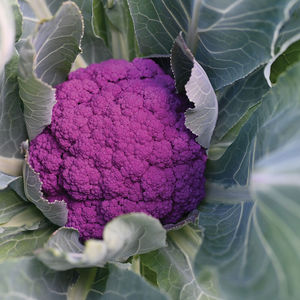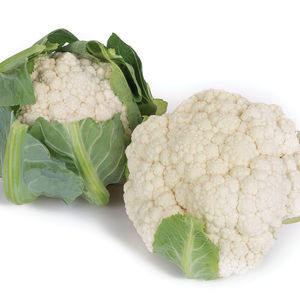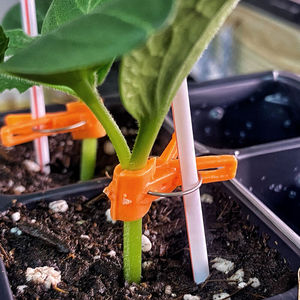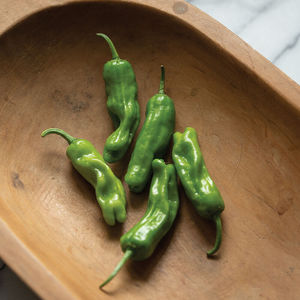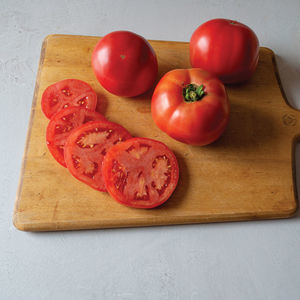
Early pumpkin seed Atlantic Giantpowdery mildew resistantannualhybrid

Add to favorites
Compare this product
fo_shop_gate_exact_title
Characteristics
- Maturity
- early
- Disease resistance
- powdery mildew resistant
- Availability
- annual
- Other characteristics
- hybrid
Description
Re-selected for improved shape and uniformity.
An improved strain of one of the largest pumpkins in the world. Excellent for fall displays, the huge pumpkins are pale orange with a pink tinge. 50 to 100 pounders are commonly grown. Fertile soil, irrigation, wide spacing (70 or more sq.ft./plant), and limiting each long-vined plant to one fruit commonly results in 200 to 300 pounders, though it has been known to grow even larger. Originally bred by Howard Dill of Nova Scotia. Avg. 1,400 seeds/lb. Packet: 15 seeds.
SCIENTIFIC NAME:
Cucurbita spp.
CULTURE:
Fertile, well-drained soil with a pH of 5.8–6.8 is best.
Plastic mulch and fabric row covers (AG-19 grade) can aide plant establishment and exclude insect pests during the seedling stage. Row covers should be removed when plants begin to flower. Poor fruit development may indicate insufficient pollination. Time plantings so that varieties will mature for the fall market. Overexposure to sun in the field after maturity and foliage dieback reduces fruit and handle color quality.
TRANSPLANTING:
Sow 2-3 seeds per 2" container or plug flat about 3 weeks prior to transplanting. Germinate at 75-95°F (24-35°C). Thin with scissors to 1 plant/container or cell with scissors. Harden plants 4–7 days prior to transplanting. After danger of frost has passed, transplant out according to the spacing recommendations for each variety. Handle seedlings carefully; minimal root disturbance is best.
VIDEO
Catalogs
Catalog 2024
208 Pages
*Prices are pre-tax. They exclude delivery charges and customs duties and do not include additional charges for installation or activation options. Prices are indicative only and may vary by country, with changes to the cost of raw materials and exchange rates.

















